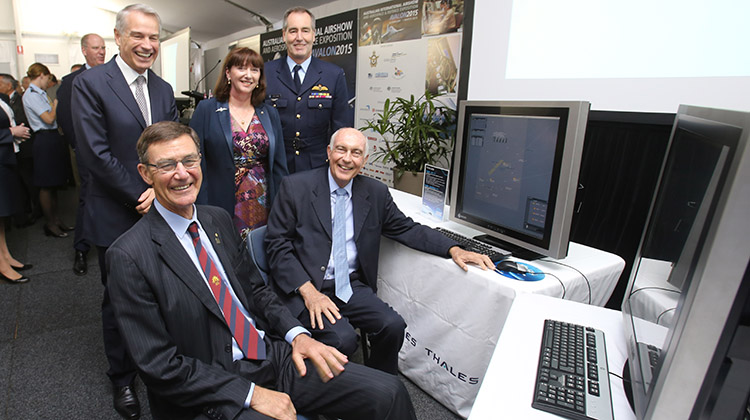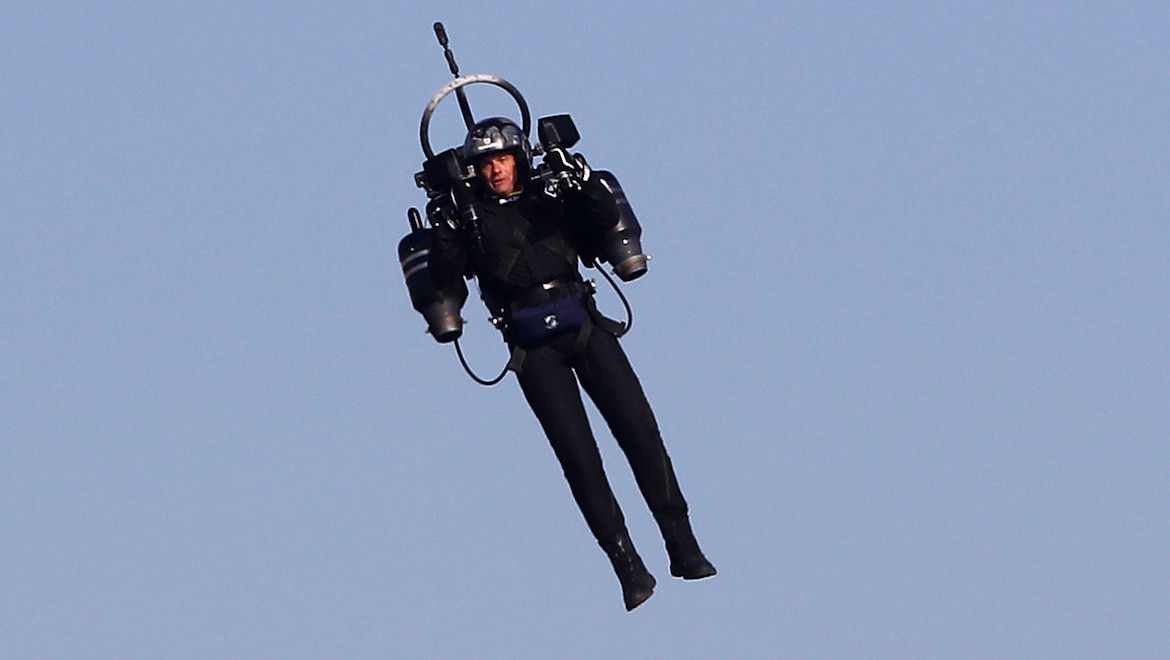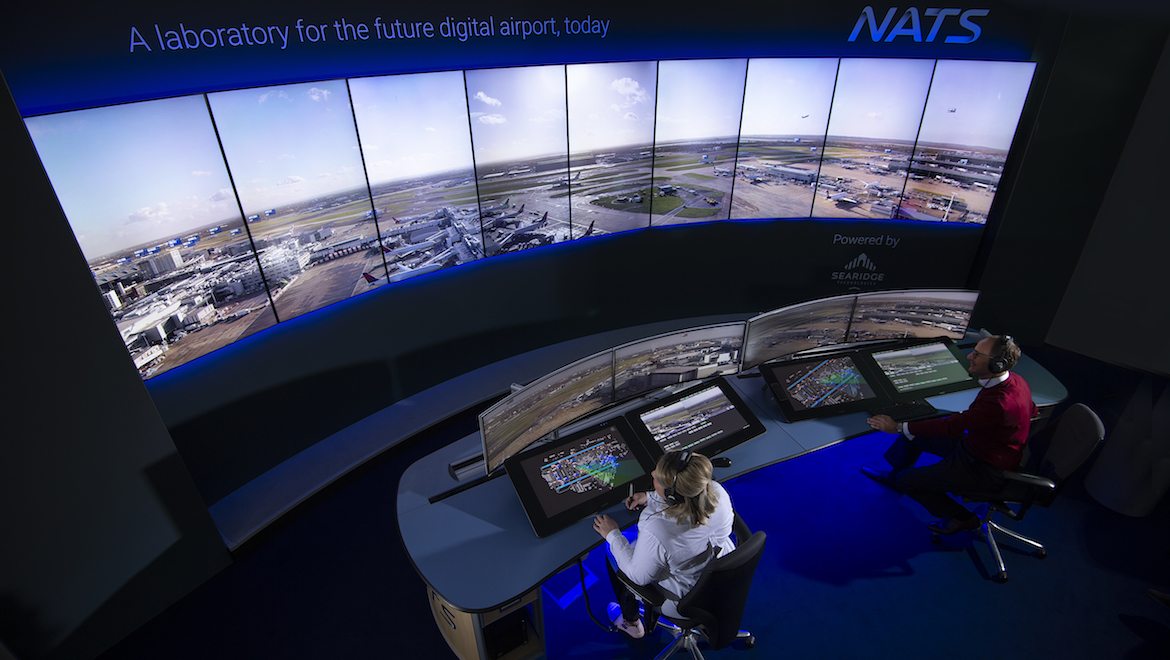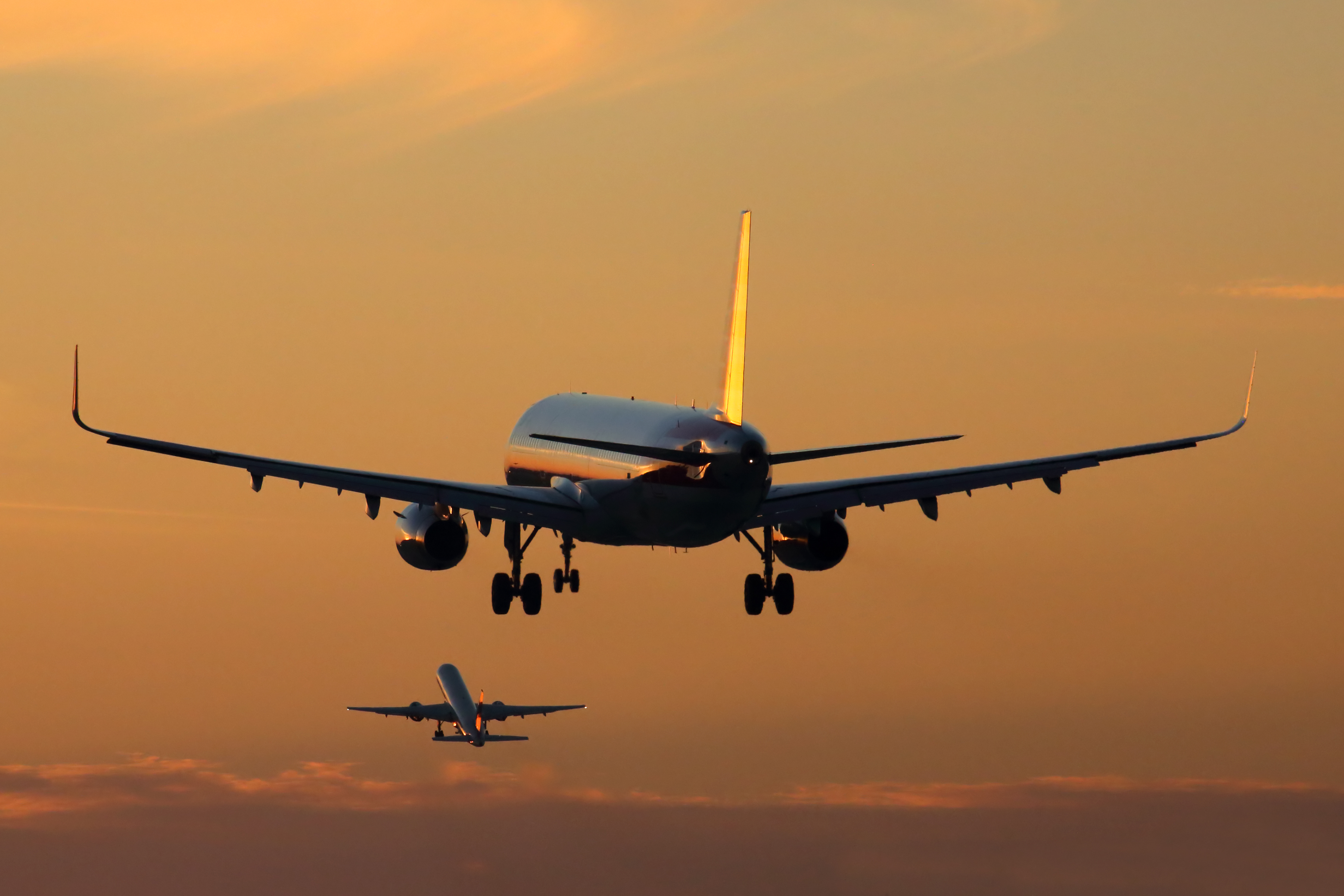 Deputy Prime Minister Warren Truss says the creation of one air traffic management system for the whole country will be of particular benefit for airports that handle both military and civilian aircraft.
Deputy Prime Minister Warren Truss says the creation of one air traffic management system for the whole country will be of particular benefit for airports that handle both military and civilian aircraft.
The federal government has named Thales as the successful supplier to commence work on the Onesky project, which aims to combine both the civil and military air traffic management systems into one program.
The $600 million project aims to improve safety and efficiency, as well as create one flight information region so an air traffic controller can monitor any part of the nation’s airspace from any terminal.
Parts of the system are expected to be operating by 2018, with the full rollout due to be completed in 2021.
Thales Australia and New Zealand chief executive Chris Jenkins described Onesky – which will be based on the company’s TopSky system that is currently used in 130 air traffic control centres around the world – as a “critical piece of national infrastructure”.
Jenkins acknowledged Thales’s key industrial partners Frequentis and Boeing Defence Australia, “whose military aviation expertise enabled a comprehensive offering ideally suited to Australia’s local conditions”.
“Thales and its team is committed to work closely with Airservices Australia and the Department of Defence to deliver the state-of-the-art in air traffic management systems that will bring long-term improvements to the already safe and efficient movement of the millions of passengers in Australia every year under the onesky program,” Jenkins said at the signing ceremony at the Avalon Airshow on Friday.
Currently, Airservices uses The Australian Advanced Air Traffic System (TAAATS) to manage civil airspace, while the military uses the Australian Defence Air Traffic System (ADATS). Both were about to reach the end of their useful lives.
The Department of Defence handled all aircraft movements at mixed use airports such as Williamtown in Newcastle and Darwin.
Truss said Onesky would ensure airspace that was controlled by the military would be much better integrated into the whole air traffic management system, making it easier for aircraft to navigate from one airspace to another.
“We are doing the best we can with the equipment we have and two separate systems,” Truss told reporters after the signing ceremony.
“But where you have two separate systems, well occasionally glitches will appear.”
“I am comfortable that what we are doing now is the best we can with the current equipment and the current administrative arrangements but I’ve got no doubt that the commitments that are being made today for the new system and the onesky arrangement will be a step forward for everyone.”
Airservices chief executive Margaret Staib said the forward services contract signed with Thales would allow detailed design and other work to begin.
“We will still have an acquisition contract and a support contract but because of the complexity of this endeavour we needed to be in a contractual arrangement so that for example we can bring forward the early voice work but also actually commission the detailed design work,” Staib said.
“So that’s the sort of things that will be covered by this advanced work standing arrangement.”
Australia will be the first country to have one air traffic management system for both civil and military aircraft.












